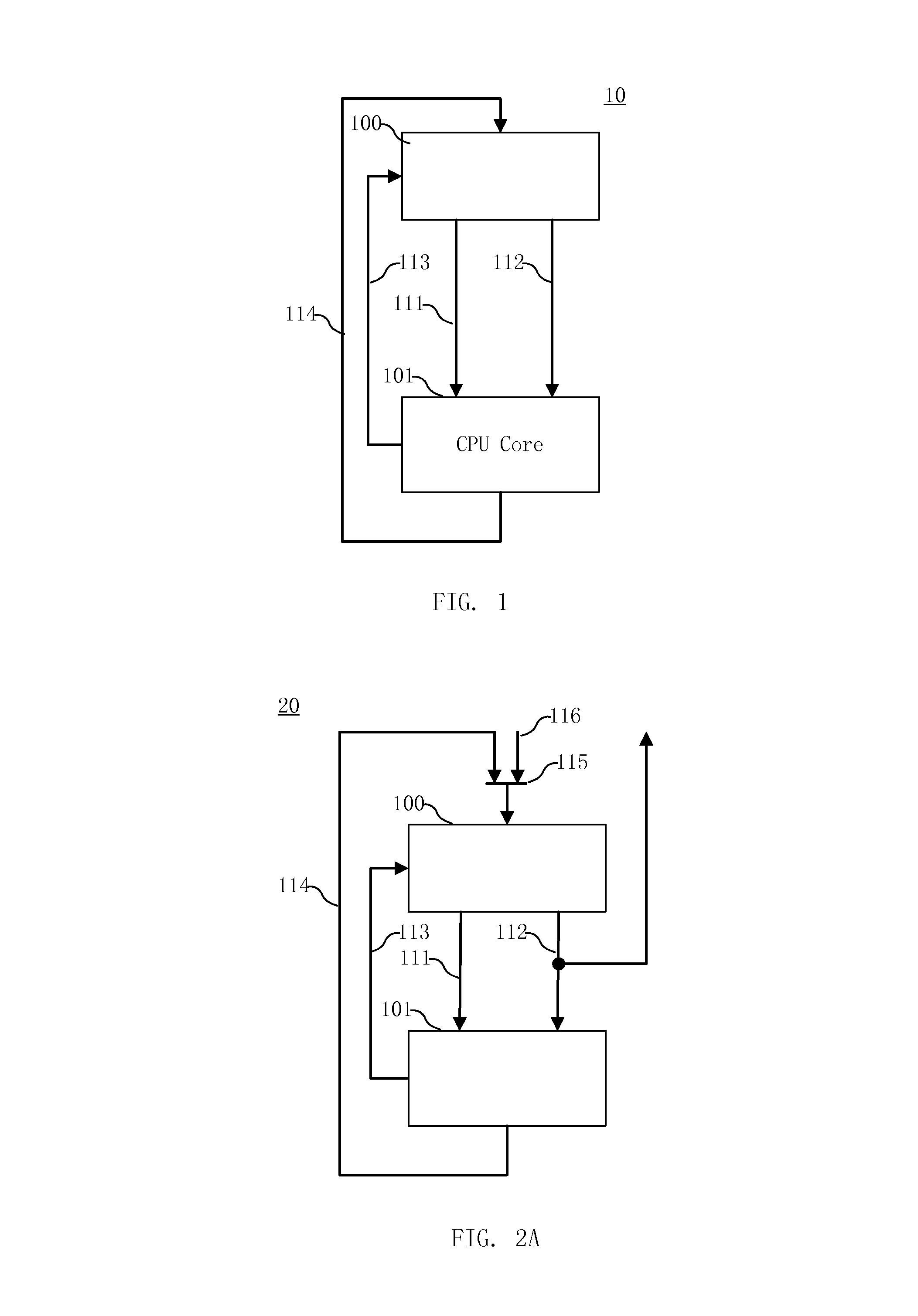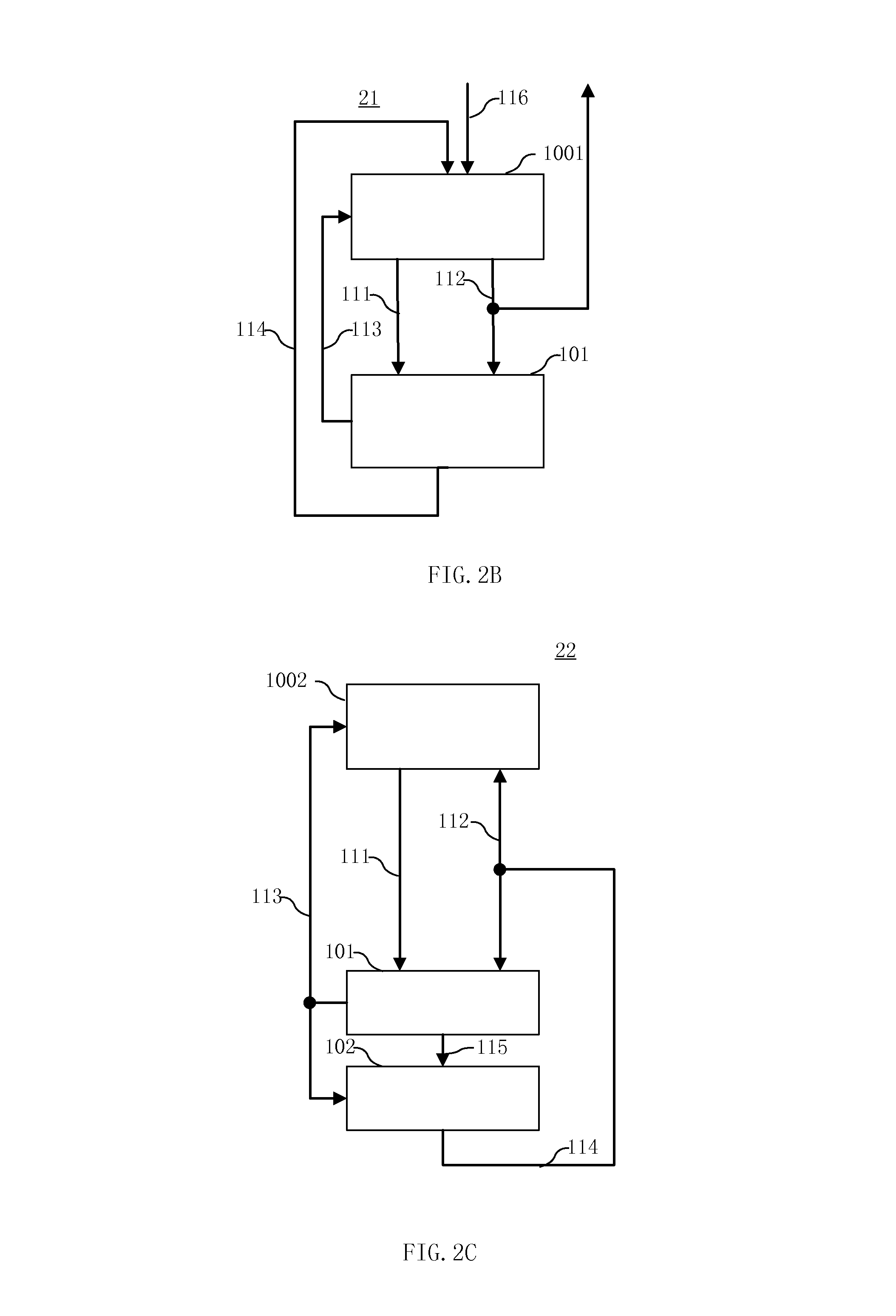Processor-cache system and method
a processor and cache technology, applied in the field of processor cache processing methods and systems, can solve the problems of the inability to efficiently and uniformly manage the power consumption of the system, etc., to achieve the effect of reducing the number of program instruction counts, improving system power consumption, and improving program execution efficiency
- Summary
- Abstract
- Description
- Claims
- Application Information
AI Technical Summary
Benefits of technology
Problems solved by technology
Method used
Image
Examples
Embodiment Construction
[0031]Reference will now be made in detail to exemplary embodiments of the invention, which are illustrated in the accompanying drawings. The same reference numbers may be used throughout the drawings to refer to the same or like parts.
[0032]FIG. 1 illustrates an exemplary processor-cache structure 10 consistent with the disclosed embodiments. As shown in FIG. 1, processor-cache structure 10 includes a processor core 101 and a level-zero (L0) memory 100. Processor core 101 may include any appropriate processors or central processing unit (CPU) core, and the processor core 101 is coupled to the L0 memory 100 to obtain operands for operations. A level-zero or L0 memory, as used herein, refers to a memory coupled between the processor core 101 and a level-one memory or L1 cache, which is assumed as the lowest level in the memory hierarchy associated with the processor core 101. That is, the L1 cache is the closest memory to the processor core 101 in a conventional processor-cache struc...
PUM
 Login to View More
Login to View More Abstract
Description
Claims
Application Information
 Login to View More
Login to View More - R&D
- Intellectual Property
- Life Sciences
- Materials
- Tech Scout
- Unparalleled Data Quality
- Higher Quality Content
- 60% Fewer Hallucinations
Browse by: Latest US Patents, China's latest patents, Technical Efficacy Thesaurus, Application Domain, Technology Topic, Popular Technical Reports.
© 2025 PatSnap. All rights reserved.Legal|Privacy policy|Modern Slavery Act Transparency Statement|Sitemap|About US| Contact US: help@patsnap.com



